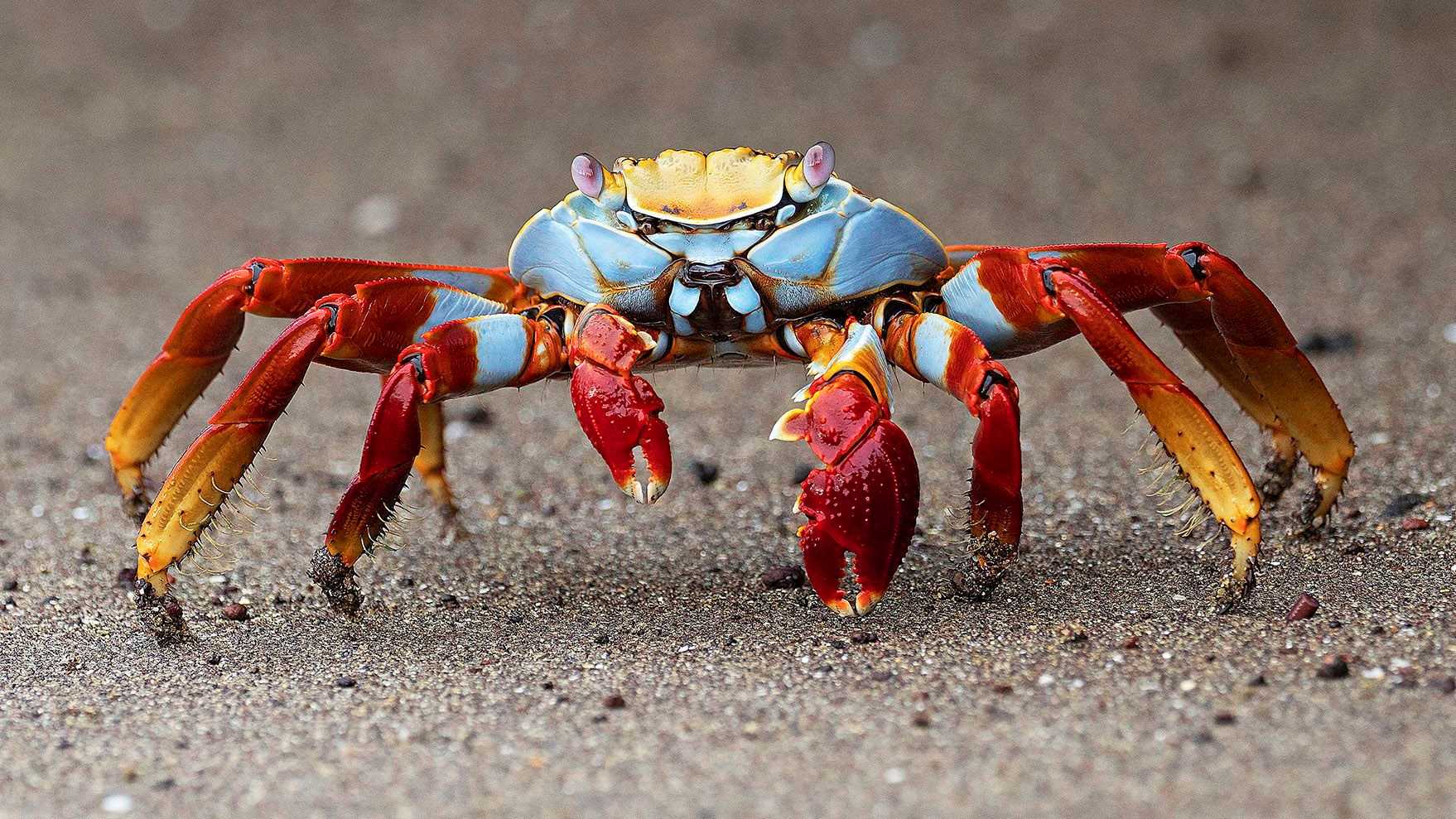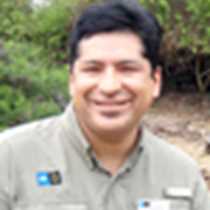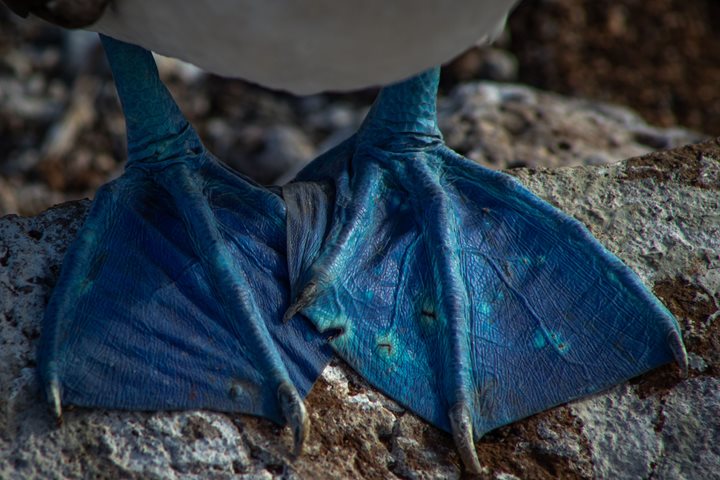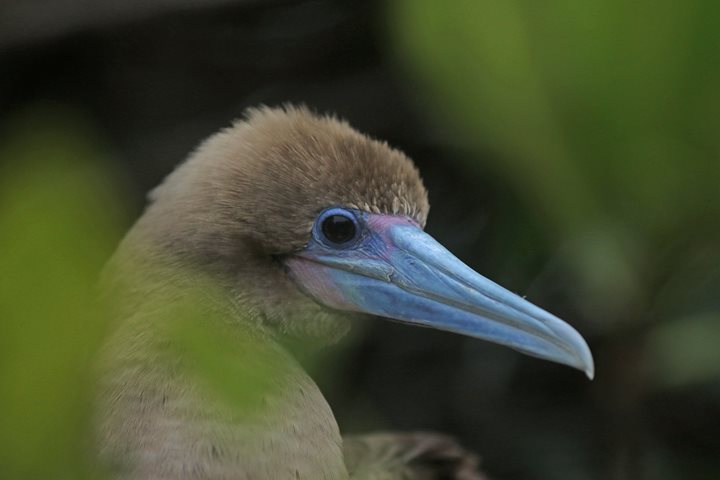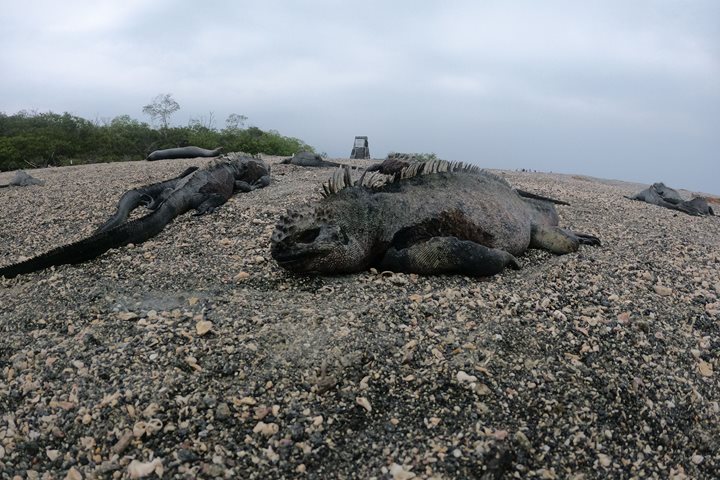Continuing our expedition, we sailed west to visit one of the most famous islands in the archipelago, Charles Island – also known as Floreana and Santa Maria. Yes, it has been baptized three times – by British pirates, settlers and finally by the Ecuadorian government.
Early in the morning, we headed to Post Office Bay, a historical place well known by ancient whales and buccaneers who installed the first mailing system in the South Pacific Ocean, to send letters to their relatives in the US or Europe. Our guests took part in this traditional procedure, leaving their postcards and taking others to hand deliver them. Afterwards, we enjoyed a Zodiac ride and kayaking along the calm and clear waters of Floreana. We observed many sea turtles floating on the surface, while in the distance, mountains and hills showed us their geology with some solidified lava flows, mute witnesses of huge eruptions that occurred long ago. Everywhere along the shore playful sea lions chased our Zodiac; on the rocks, blue-footed boobies and pelicans tried to catch some fish.
After breakfast, we headed to Champion Islet. Our first mission was to observe the elusive Floreana mockingbird, whose population has been diminished by introduced animals on the main island of Floreana, finding their last refuge at small satellite islets around it. We observed two of them flying freely over the trees. Along the cliffs, swallow-tailed gulls, red-billed tropicbirds, Nazca boobies and sea lions were the delight of our guests. After that, we came back to the same islet to discover an incredible underwater world. The snorkeling was spectacular, we spotted hundreds of colorful fish, some stingrays, sea turtles and playful sea lions. What an experience!
In the afternoon, National Geographic Islander was repositioned at Punta Cormorant. In the distance, the landing beach looked dark due to its high concentration of olivine, a green mineral abundant in the area. We headed inland observing, as the lagoon behind the beach was almost empty due the evaporation and the lack of rainfalls, something normal during this season. We arrived to the second beach, along the white and coralline sand and observed several green sea turtles mating in the ocean.
In the west, the sun disappeared, and birds in the air came back to their places to rest while our tired but happy guests enjoyed another beautiful day in this unique paradise called Galapagos.

